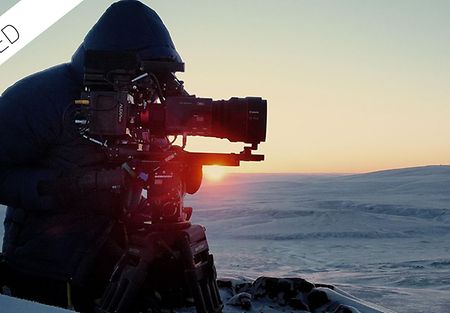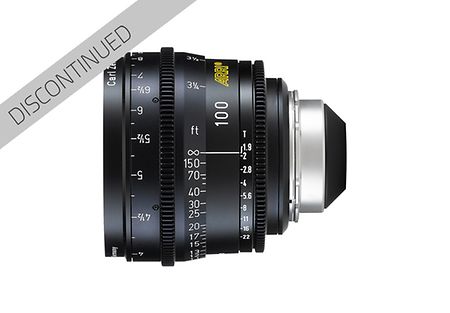Having already won the Silver Bear at the 2020 Berlin International Film Festival, “Never Rarely Sometimes Always” is currently nominated for seven Film Independent Spirit Awards, including Best Feature, Best Director for Eliza Hittman, and Best Cinematography for Hélène Louvart AFC. While she shot with ARRIFLEX 416 cameras on this and other projects, Louvart has also embraced digital with ALEX Mini cameras on movies such as “Rocks” and “The Invisible Life of Eurídice Gusmão,” and is happy working interchangeably between these formats.
How did you come to work with Eliza Hittman on “Never Rarely Sometimes Always”?
I had already shot “Beach Rats” with Eliza – a totally different summer film, set in a very masculine universe. By contrast, “Never Rarely Sometimes Always” is a winter film, centered on female characters. That winter world was very important to Eliza. She wanted to prevent the trip these two young girls take to New York from turning into a vacation – they don't go there for leisure; they are not fulfilling a dream of visiting Manhattan. At the same time, Eliza didn't want an overly realistic feel, so it was a challenge, visually. We always had to stay on the borderline, being real, but also visually elevating environments that were a little too banal. I did not hesitate to give touches of color to the backgrounds. I also used LED lighting to soften things as much as possible and prevent the light from being too harsh on the faces.






